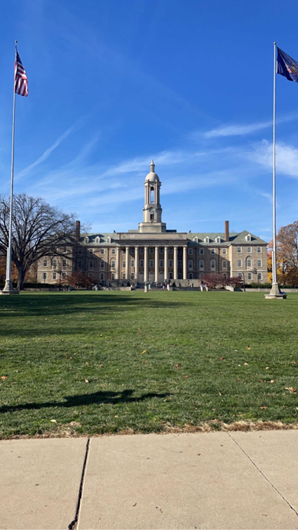Citizenship Policies for Immigrants
America is the land of the free and prosperous. For centuries people have been immigrating here to better their education, career, health, and general well-being. Why should a country that symbolizes a better life say no to those who want the same? Therefore, immigration policies should become slightly more lenient. Donald Crouthamal is a community and council member in the Sellersville borough. “The U.S. is a wonderful place to live, especially for immigrants from south and central America.” He says, “Here, there is the opportunity for a better life. A chance to flee violence and criminal overrun places.”
Immigration has been an institute in the United States since it was founded. The first immigrants on Ellis Island were processed in 1892. Since then, nearly 70,000 immigrants arrive in the U.S. a day. This adds up to 14 percent of the country’s population. This number also includes a total of around 10.7 million unauthorized immigrants. Although this number might seem exceedingly large, it has been decreasing since its peak in 2007. While many think immigrants take citizens’ jobs, this is not true. A study done by Pew Research Center shows that most people agree that immigrants, both legal and unauthorized, are doing the jobs that most U.S. citizens do not want. Without those people, the economy would be in ruins.
The process of becoming a citizen in the United States is a long and rocky road. First, an immigrant must apply for and receive a visa to be allowed in the country. This alone can take around a year, with four million applicants being denied annually. Then you must apply for a green card to be allowed permanent residency and work in the U.S. A green card can take around five years to process and costs $1,760. Green card applicants also run the 12 percent denial risk. Finally, after living in the U.S. for three years, you could apply for naturalization. Naturalization is the certification that gives an immigrant their citizenship and the right to vote. In total, the entire course of acquiring citizenship takes, on average, 11 years.
This long explanation goes to show how unnecessarily challenging, and long it takes to become a citizen of the United States. Yesenia Erazo-Tequianes is a student at Pennridge who comes from an immigrant family, “I think the rules and guidelines for naturalization are strict enough with the way it is right now. I think it is crazy how immigrants, who are arguably better citizens than American citizens, can still get denied their citizenship,” she says.
This country was built on immigrants. Without them, the economy and workplace would crumble. The U.S. needs to update the system to pave the way to make it easier for those wanting to become citizens to do so. The U.S. was formed from immigrants. If the Immigration laws and policies were more lenient, fewer unauthorized immigrants would be living in the U.S.
https://www.pewresearch.org/fact-tank/2019/06/12/5-facts-about-illegal-immigration-in-the-u-s/
https://www.lightmanimmigration.com
https://www.uscis.gov/sites/default/files/document/brochures/M-1051.pdf
https://www.immigrationhelp.org/learning-center/what-are-the-benefits-of-getting-a-green-card
https://www.boundless.com/immigration-resources/the-green-card-explained/
https://antoniniandcohen.com/faqs/complete-list-of-green-card-categories/
https://www.cato.org/blog/14-most-common-arguments-against-immigration-why-theyre-wrong
https://www.cfr.org/backgrounder/us-immigration-debate-0
Ryanna Ritting, Grade 11. Interests/Hobbies include swimming, water polo, hanging out with friends, spending time with family, the beach, road trips, and...









